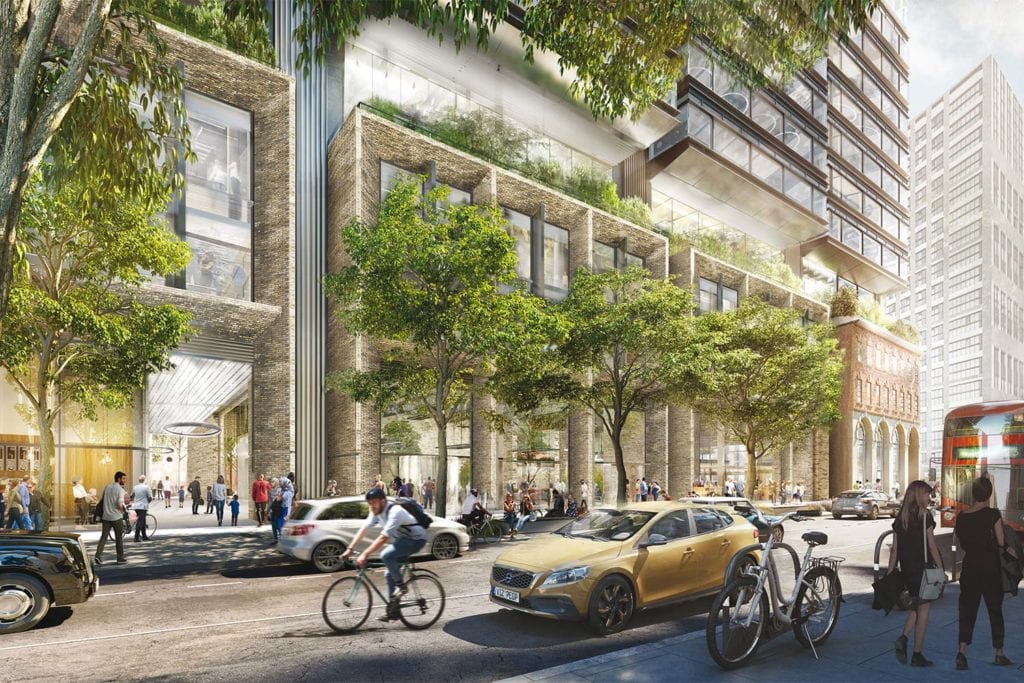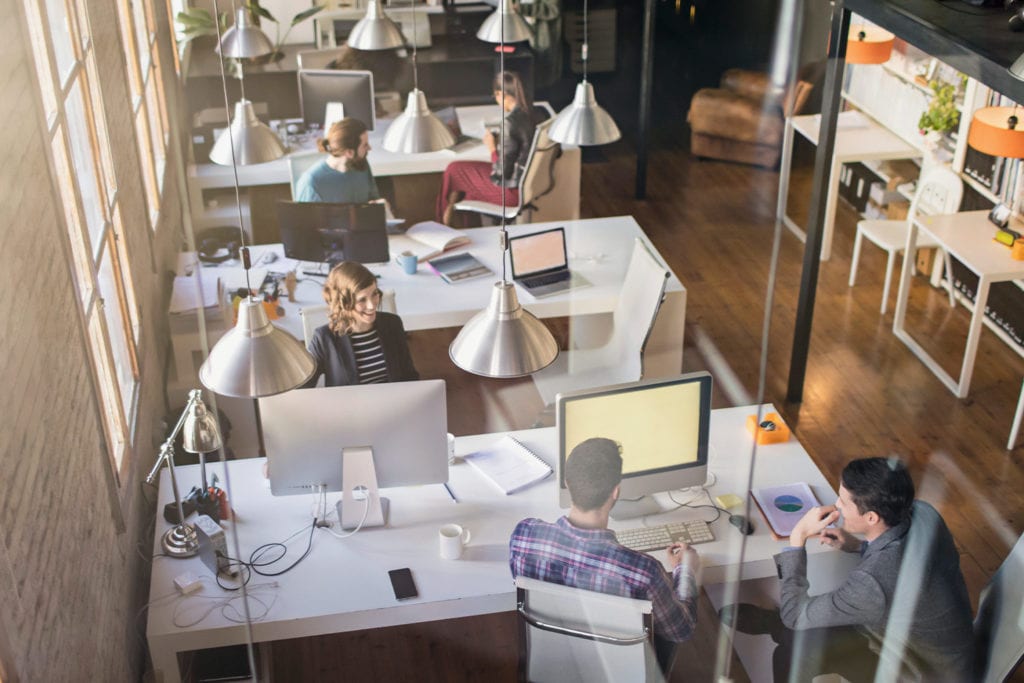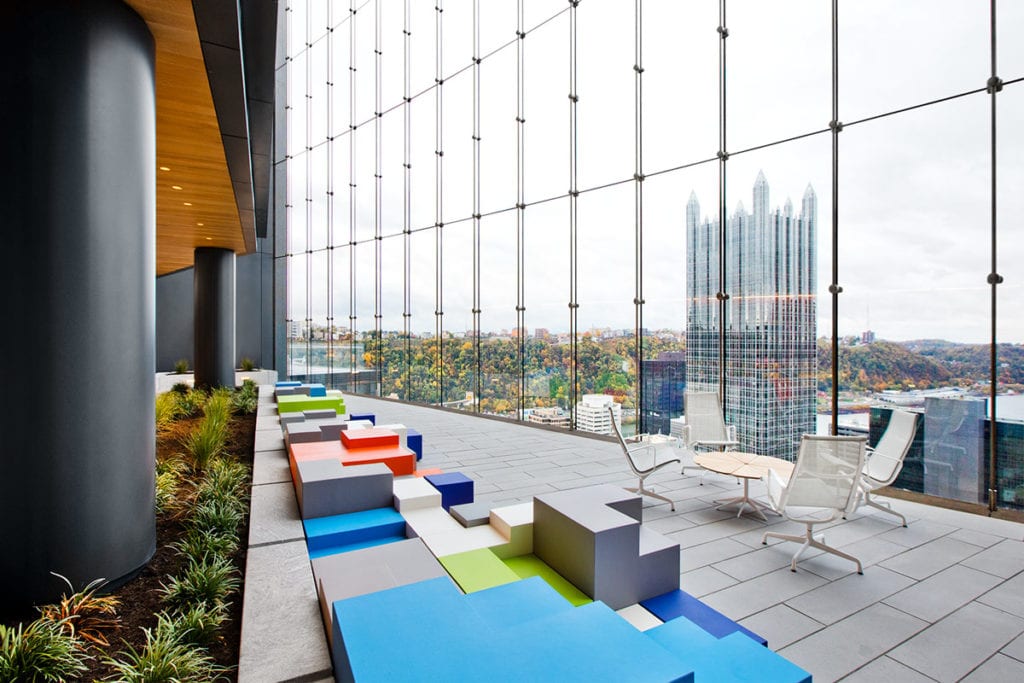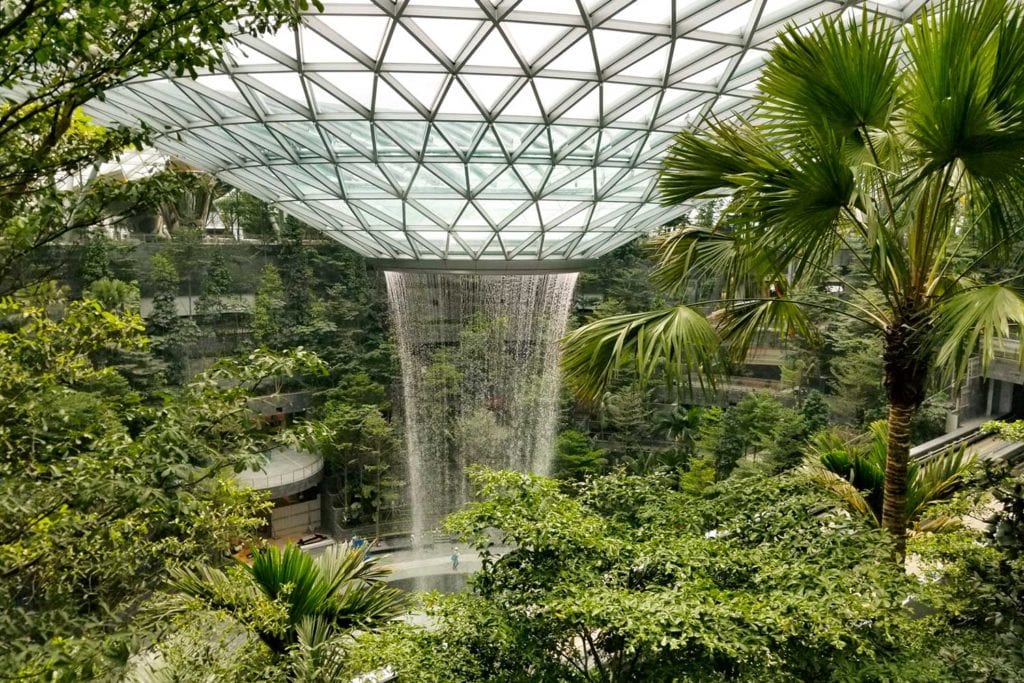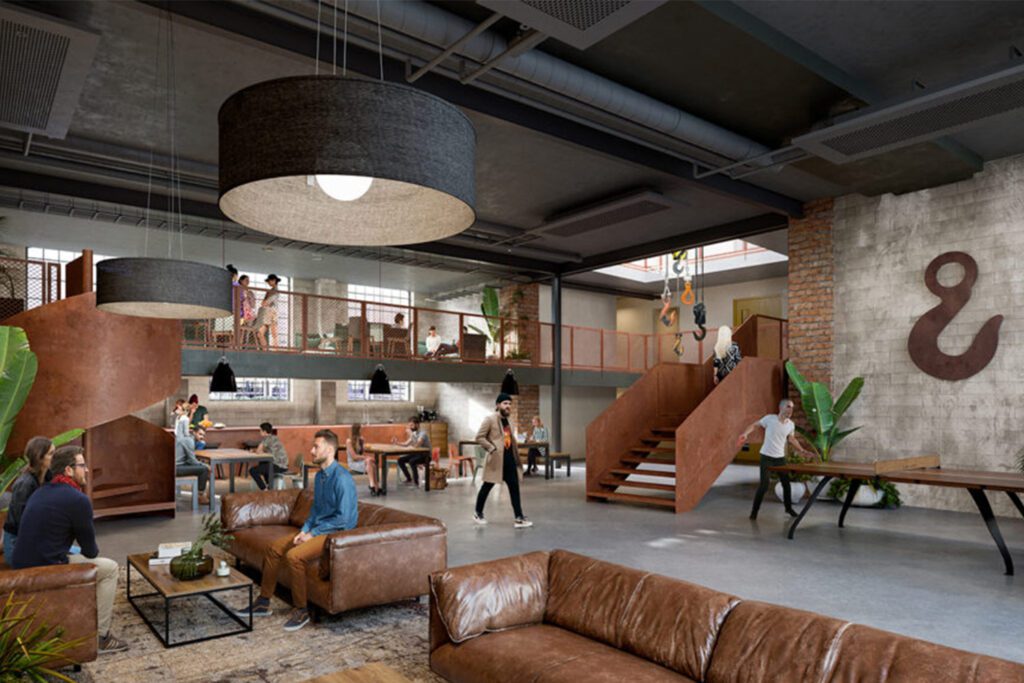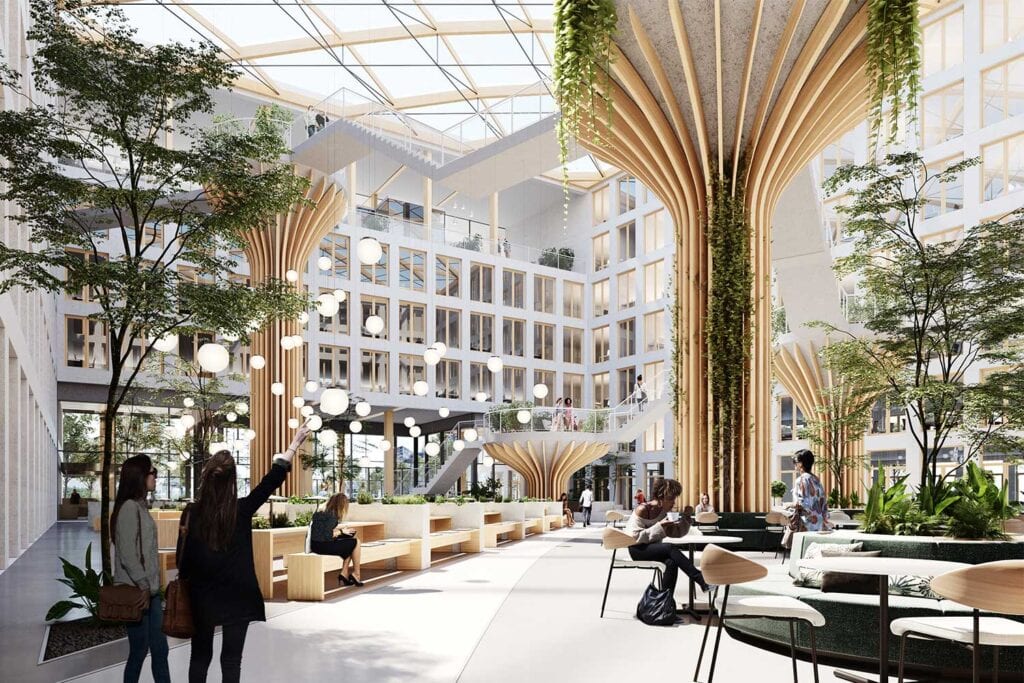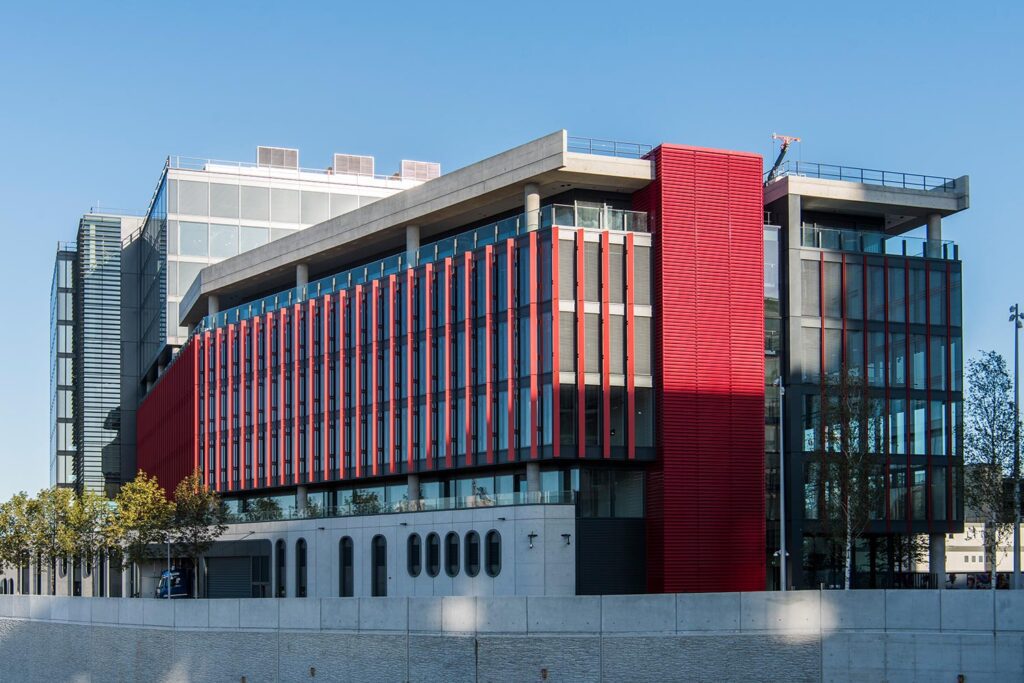How are offices evolving?
The pandemic shifted the way many of us work. The temporary enforced working from home of the 2020 lockdowns, quickly gave rise to a realisation that hybrid working offered an impactful way for office-based teams to dramatically lower their carbon footprints by cutting down on commuting, while also improving their individual work-life balance.
Post-pandemic, office design is evolving rapidly, partly to reflect lowered occupancy, but also to offer incentives for employees to make their journey into the office – even if it’s only for one allocated day each week. Increasingly, Buro Happold’s teams of multidisciplinary experts are being engaged to support clients in reimagining their working environments for this new era.
Buro Happold partner and European regional director Rod Manson has worked with some of the biggest tech companies across Europe as they have re-evaluated their spaces. “There was certainly a major rethink of workspaces by a lot of our clients during the pandemic,” he says. “But post-pandemic there have also been cut-backs in the tech industry. Many companies are reducing headcount globally. Many other localised clients are just getting around to looking [at the evolution of the office]. As lease agreements are up for renewal, they’re gradually beginning to assess what the impact is for the new ways of working.”

People are still trying to find the right balance between office and home working. But we’ll never go back to the way it was.
Rod Manson, Buro Happold, partner and European regional director
New normal
Rod doesn’t believe most Europeans will ever go back to a “five-days-a-week in the office” way of working, and companies of all sectors are adjusting to that catch-phrase of 2020 – the “new normal” and are rationalising their required floorspace accordingly.
“People are still trying to find the right balance between office and home working. But we’ll never go back to the way it was.” he says. “Of all the clients we work with, none of them work in the office five days a week. They’re looking at desk sharing, having a lot more break-out spaces in offices, and more social sustainability in terms of the way they operate their business from a space-planning point of view. There’s a lot going on.”
Many companies are investing in their offices to encourage staff to spend time within their teams each week. “A workspace needs to be more attractive than a home office,” he says. “But the market is driving a whole range of issues as well, in terms of digitalisation; the ability to have much smarter controls for how you operate facilities; the whole issue of health and wellbeing of staff. Quite often now, for the future planning of workspaces, companies have staff forum groups. Staff are putting pressure on employers to make sure what they are doing is sustainable.” Consequently, there is a lot of emphasis on upgrades to current commercial spaces, rather than new builds.
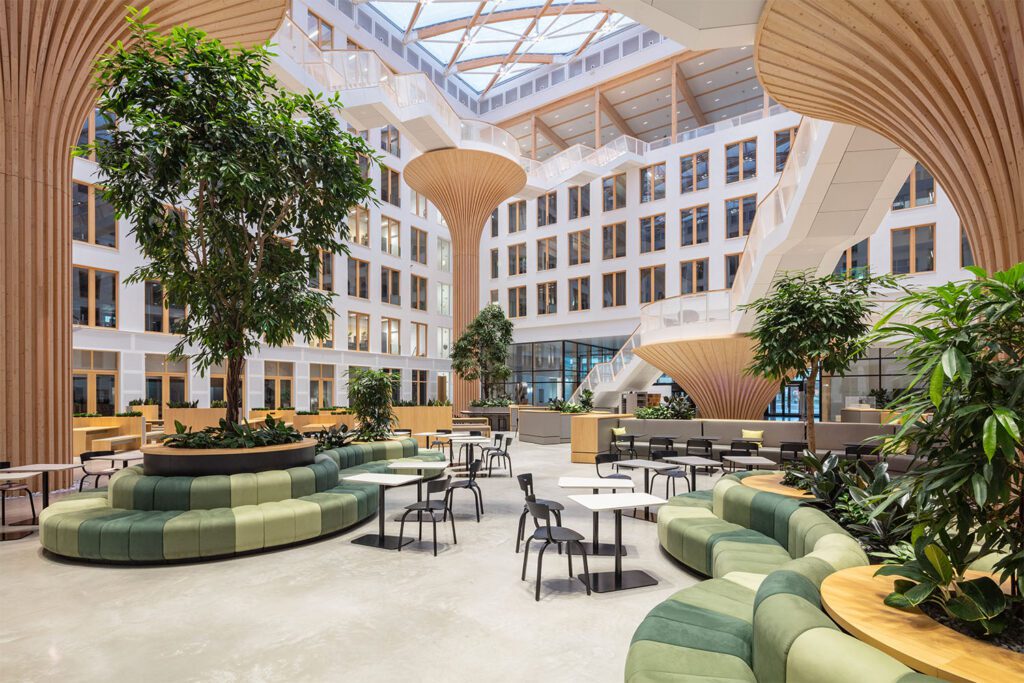
Rethinking the office
Jan Lichocki leads Buro Happold’s Workspace Technik group in Europe – working in collaboration with architects that specialise in the workspace area to develop and engineer office designs and fit-outs that better suit the needs of clients in the modern age. He says there is a new urgency from clients as they attempt to reshape themselves to these new ways of working.
“It is quite often that we get the request for proposal from the client on a Monday, and by the following Monday we are starting the project,” Jan says. “These projects are really fast-paced. After three months it goes to construction, after six months it’s all completed.
“There are no standard offices any more on our projects,” he adds. “Offices are being reshaped to attract people back. There are always other spaces – break-out spaces, leisure spaces, mothers’ rooms, even pets’ room. So many people bought dogs during the lockdowns, it became a barrier to getting people back in the office.”
Rod Manson explains that while organisations manage these sorts of issues differently, there have been significant shifts and trends becoming apparent in workspace planning.
“If you look at many of our current projects, only 50% of the office footprint is dedicated to actual desk space,” he says. “The rest is break-out rooms, leisure rooms, fitness areas, sports facilities, canteens and so on. It’s been a major move from a call centre-type environment, with 90% of the footprint stuffed with workspaces, to something which is much more verging on the cultural or the leisure sector.”

